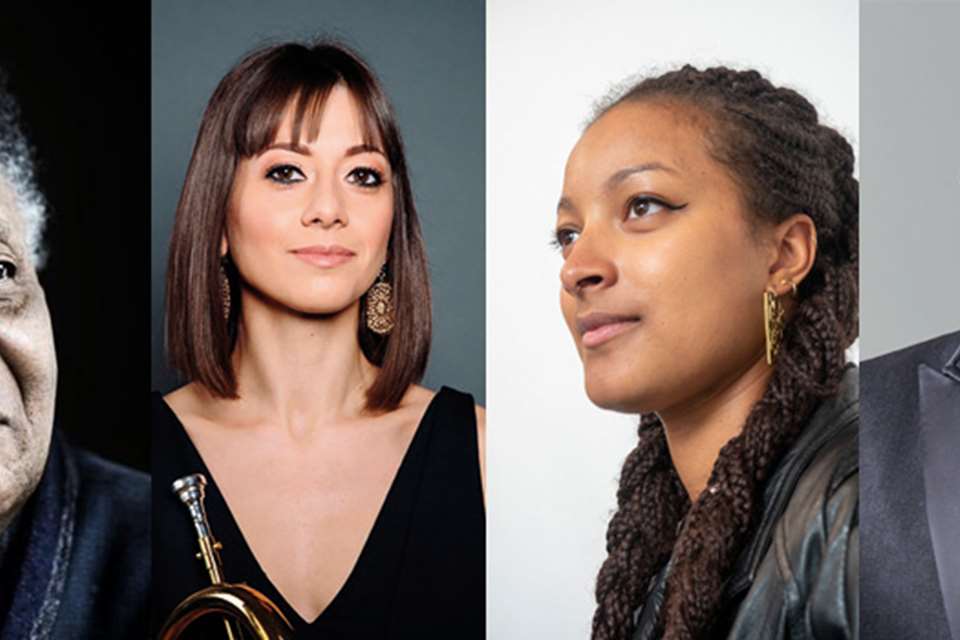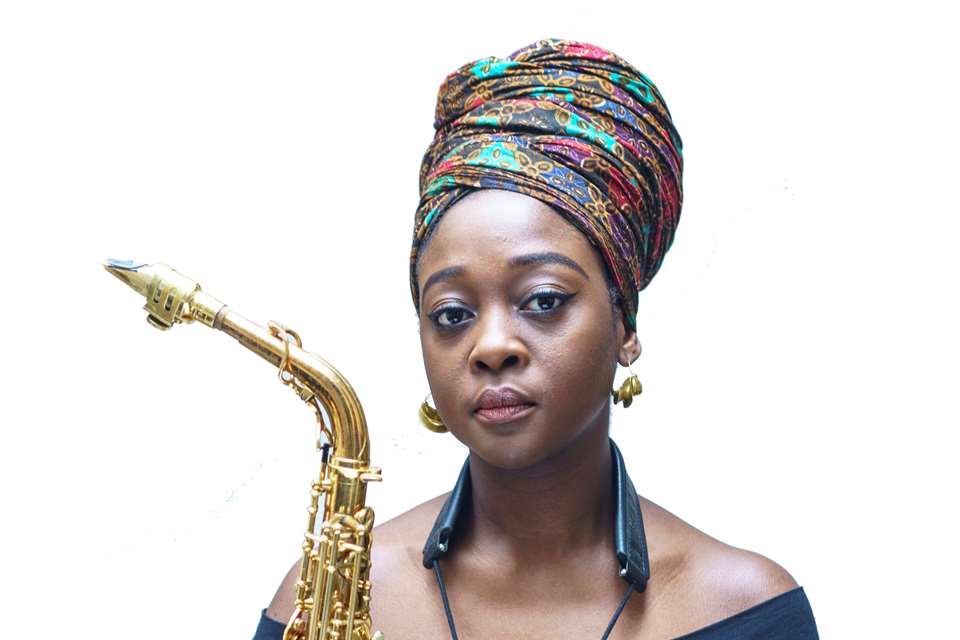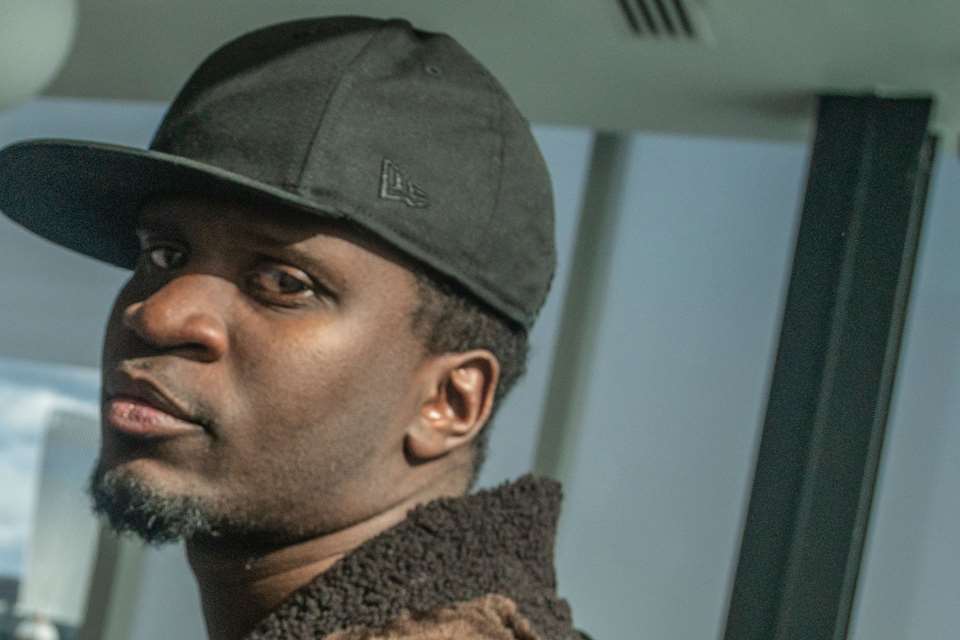Nubya Garcia: “We need to keep those stories alive to give us our history, the real history. In my community, the Black community, that’s really important”
Thomas Rees
Tuesday, October 13, 2020
One of the leading lights of the new young London jazz scene, saxophonist Nubya Garcia digs deep into her heritage on her debut album Source, a musical self-portrait that celebrates her wide-ranging influences. She speaks to Thomas Rees about the power we all draw from our roots, forging a sound of her own, and the art of making listeners want to move


Register now to continue reading

Thank you for visiting Jazzwise.co.uk. Sign up for a free account today to enjoy the following benefits:
- Free access to 3 subscriber-only articles per month
- Unlimited access to our news, live reviews and artist pages
- Free email newsletter



